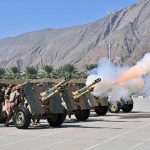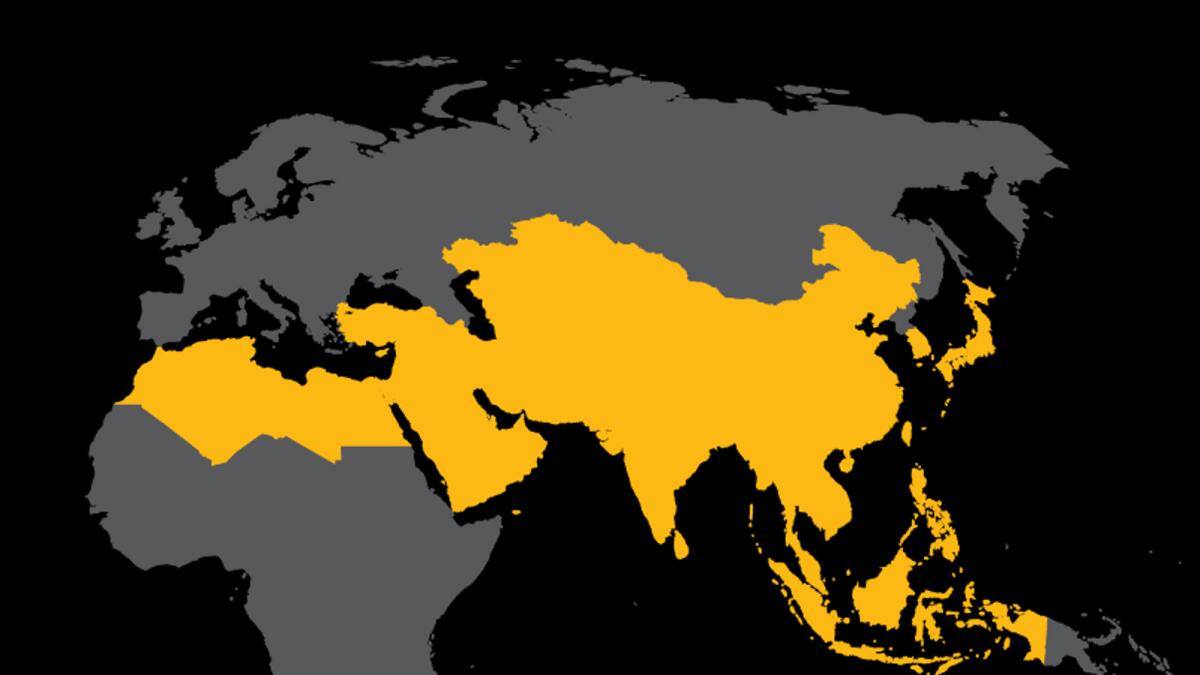GCC countries, including the UAE, are taking advantage of the interconnected economies of Asia and the Middle East and North Africa region to diversify and reshape their economies through investments in various sectors such as financial services, logistics, tourism, technology, and manufacturing. The report titled ‘The New Silk Road – growth, connection, opportunity’ by global management consulting firm Oliver Wyman highlights this trend.
The New Silk Road spans across Asia, the Middle East, and North Africa, home to a population of 4.9 billion people and representing over 40% of the global economy. The region comprises eight of the world’s top 20 economies and is projected to contribute 48% to global GDP by 2040. Connectivity is on the rise, with 60% of regional trade occurring between Silk Road economies.
GCC countries, driven by high energy prices, are diversifying their economies and securing their post-oil futures through investments in financial services, logistics, tourism, technology, and manufacturing. The long-term strategic plans of Saudi Arabia and the UAE are highlighted in the report as significant in this regard. The report identifies six themes – energy transition, mobility & transport, financial services, supply chain, emerging payments, and digital disruption – with specific action steps outlined for private sector and government organizations to thrive in this evolving environment.
The report delves into opportunities such as China’s clean tech exports, energy transition financing platforms, supply chain relocations, digital gaming growth, enhanced payment solutions, wealth management, and private markets. Adel Alfalasi, head of the UAE at Oliver Wyman and co-author of the report, emphasizes the economic opportunities within the New Silk Road region stimulated by energy transition, global supply chain disruption, and geopolitical tensions. It is estimated that the region will account for 48% of global GDP by 2040.
The New Silk Road plays a crucial role in global supply chains, holding significant export shares for semiconductors, clothing, and oil. The region features major export manufacturers like China and Japan, as well as emerging contenders such as India and Indonesia. The report underscores the increasing connectivity, with nearly 60% of total trade activity within the region involving other modern Silk Road economies.
Regulatory aspects are also emphasized, with major regional free-trade agreements like the Comprehensive Economic Partnership (RCEP) and the Comprehensive and Progressive Agreement for Trans-Pacific Partnership (CPTPP) focused on the New Silk Road region. The report authors anticipate greater collaboration, connectivity, and capital growth in the region, provided critical geopolitical and environmental issues are navigated successfully.
Ben Simpfendorfer, a partner at Oliver Wyman and co-author of the report, envisions a region where energy ties will strengthen, clean technology will have a more significant role, manufacturing supply chains will diversify, private wealth will increase, and cross-border payment solutions will improve. He also anticipates investments in aviation and transport infrastructure to support rising flows of people and goods fueled by a young population of digital disruptors. Adel Alfalasi emphasizes the need for companies, investors, and governments to adapt new strategies and operating models to leverage the increased connectivity in the region and capitalize on the opportunities presented.
In conclusion, the New Silk Road presents abundant opportunities for economic growth, collaboration, and innovation in a region that is poised to play a significant role in the global economy. With strategic investments and partnerships, both private companies and governments can benefit from the evolving landscape and thrive in the interconnected economies of Asia and the Middle East and North Africa.











